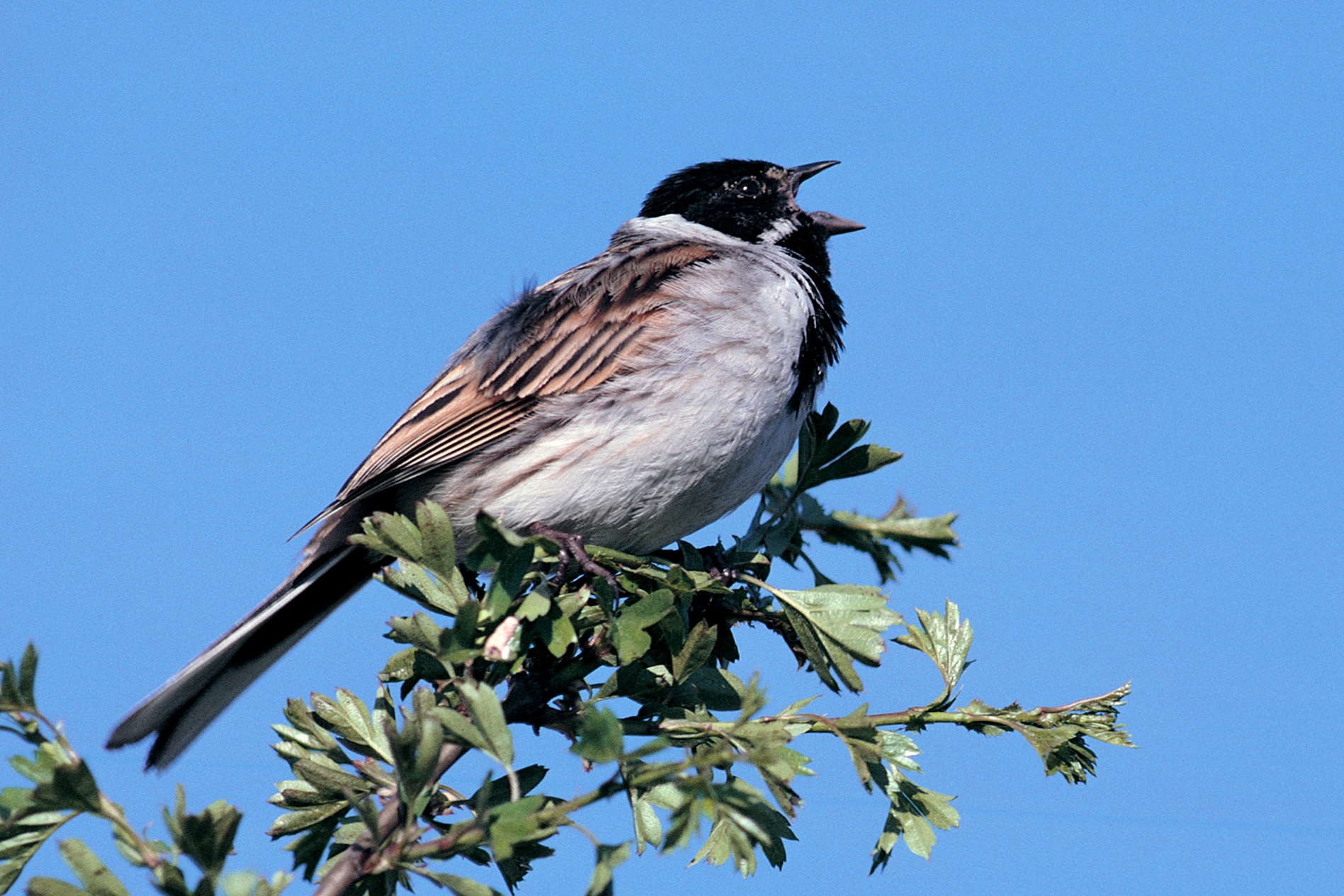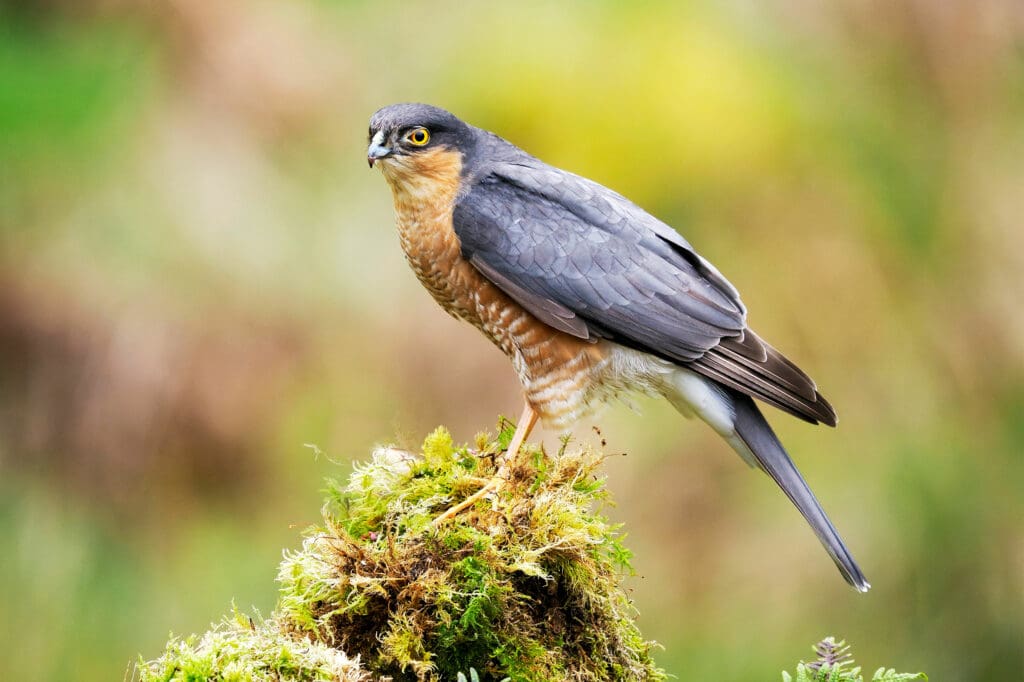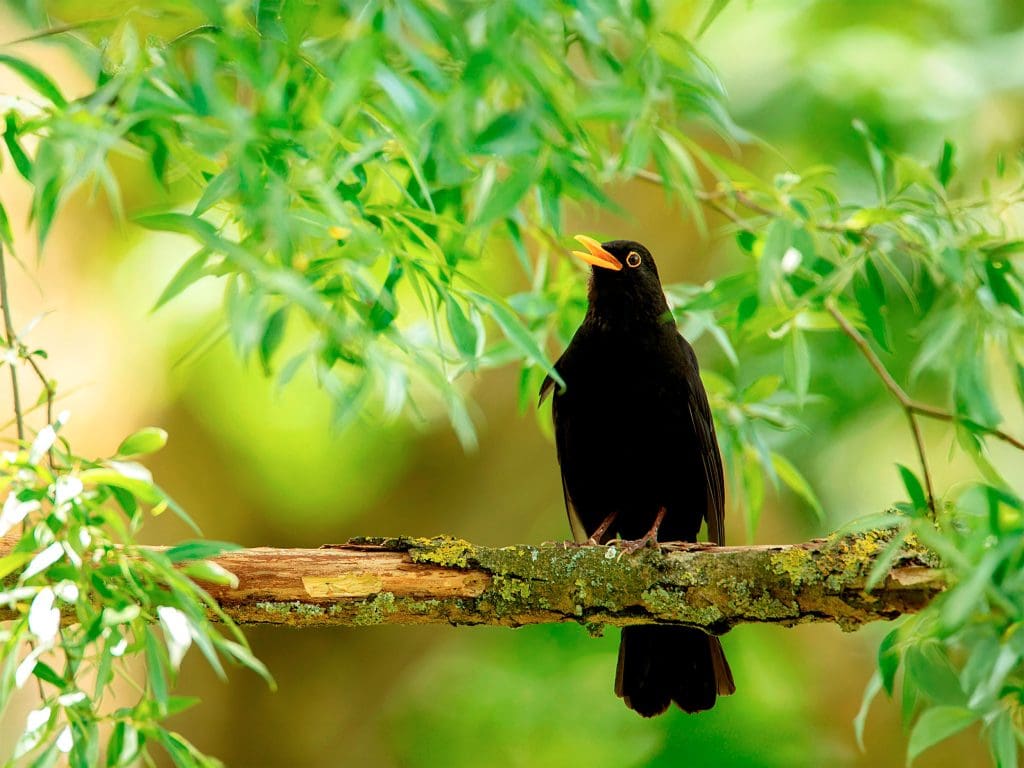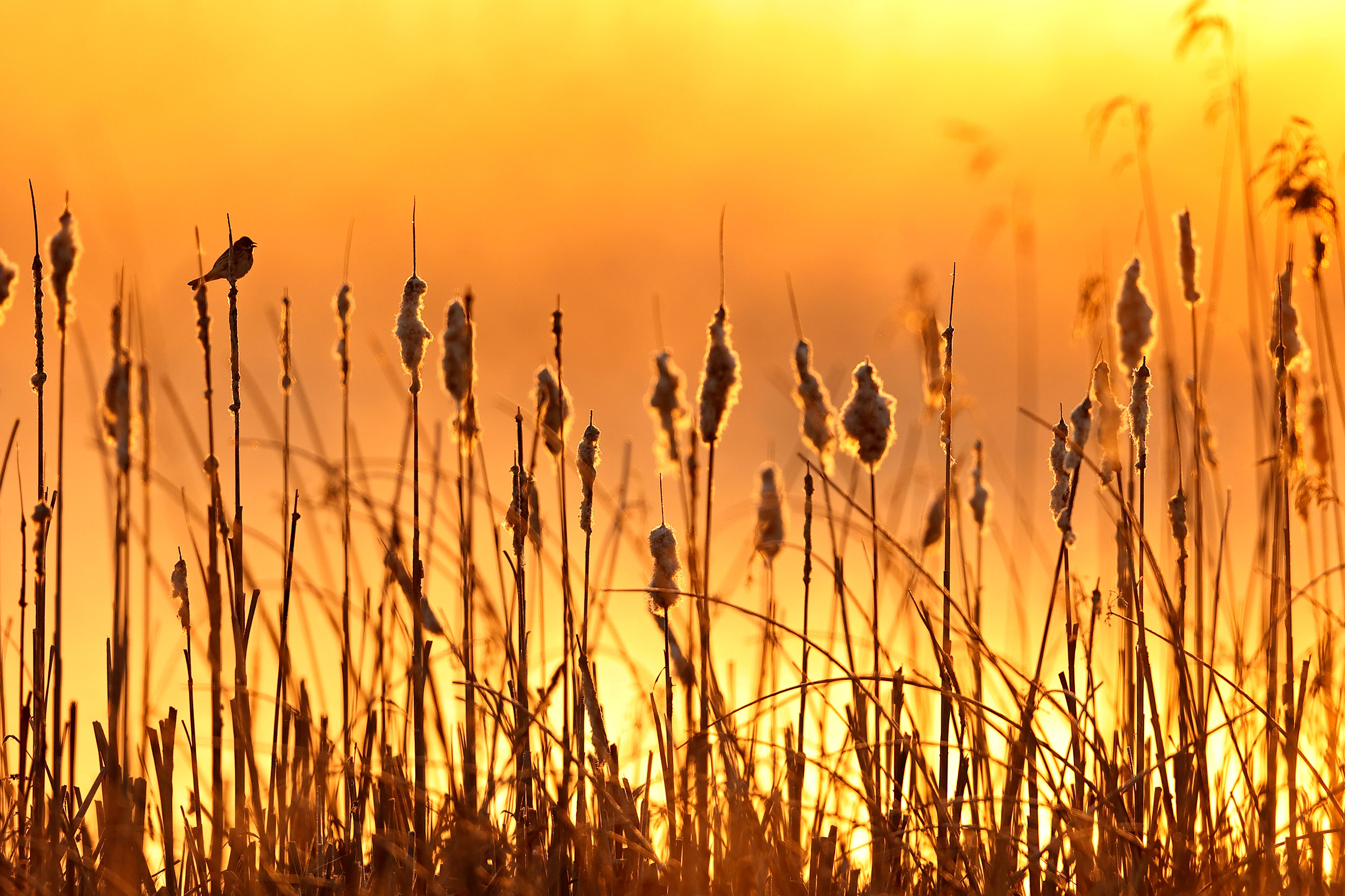If you’re a human being, the last thing you normally want to do in the pre-dawn darkness is burst into song! But birds are different. At this time of the year, the very lightening of the sky signals a dramatic outpouring of vocalisations. Multiple individuals of many species of bird launch into a loud, almost ecstatic singing bout: the dawn chorus.
Beginning in the dark and lasting 20 minutes to an hour, the dawn chorus opens with one or two voices but quickly surges as new individuals and species join in with the increasing light. The running order is quite specific and consistent, usually with Robins, Blackbirds and Song Thrushes getting involved early.
You can even enjoy the dawn chorus in the city.
Studies have shown that a bird’s place in the order is determined by how well it sees in dim light; a Robin has large eyes with large pupils and sings early, while a Chiffchaff, with relatively small eyes, sings later. There is also a correlation with height. A Skylark, singing in the air, is also an early bird.
Species focus
Reed Bunting
The male Reed Bunting is unusual among UK birds in that it utters a very specific dawn song that has a very specific purpose.

Male Reed Bunting singing at daytime. Photo Mike Richards (rspb-images.com).
Day song, unpaired bird
Fast song with 5–6 syllables, delivered rapidly. Long gaps between song phrases. Purpose: Territorial defence, but also advertising its unpaired status.

Male Reed Bunting Singing among reeds. Photo: Ben Andrew (rspb-images.com)
Day song, paired bird
Slow and hesitant, with 3–4 syllables. Fewer notes at a moderate pace. Short gaps between song phrases. Purpose: Territorial defence.

Male Reed Bunting singing. Photo: Ben Andrew (rspb-images.com)
Dawn song, paired bird
A great deal faster than usual, with an almost continuous stream of short song phrases lasting 2.5 seconds each with a very short half-second gap in between. Purpose: Attracting another female for extra-pair copulation.
The precise time of singing also depends on the degree of moonlight at dawn as well as temperature, rain and cloud cover.
Of course, the dawn chorus isn’t the end of the day’s broadcasting. But in general, birds sing at their quickest rate during the dawn chorus and then continue singing the same song during the day.
The actual purpose behind the early burst, however, has puzzled scientists for many years, and still isn’t fully clear. However, singing in the dark, when you cannot yet find food and day-predators cannot see you, makes good energetic sense – you don’t waste precious feeding time singing. And dawn tends to be a still and calm time, when a song can be transmitted further than later in the noisy day.
But why do it at all? The main reason boils down to the purpose of song as a whole: males defending territories and communicating their fitness to all around them, including their own mate. The dawn chorus could be seen as a roll call, telling rivals that you’re still alive after the night and on territory.
Enjoy a dawn chorus soundscape at RSPB nature reserves. Credit: @RSPBvideo
It communicates to your mate, at her most fertile period of the day, that you’re up to the task of mating. Females usually lay eggs at dawn and are then immediately ready to copulate again. If a male misses his singing appointment, his mate may stray elsewhere, and the male loses its paternity.
What this comes down to is a natural experience that brings joy to our hearts, and provides us with a lucky opportunity to learn what species are around us.
You might also like

The tale of tails: what are they for?

Listening to nature with hearing loss



